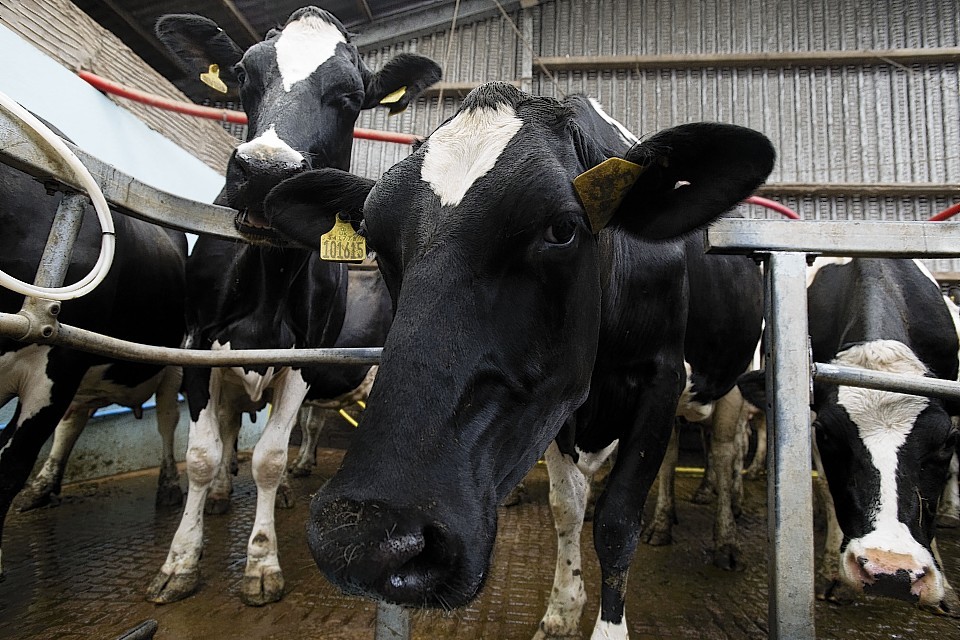There seems to be something of a paradox occurring in the Scottish dairy sector.
How can producer numbers be rising at a time of falling farmgate milk prices?
It was only two years ago dairy farmers across the country were out blockading milk depots over price cuts and farming families, including my own, were hanging up the milking clusters for the last time and waving goodbye to their black and whites.
While it is certainly heartwarming and encouraging to see that the number of dairy farmers has increased in the last six months, many will be wondering what has driven this new interest in dairy.
I once asked my Grandfather what had been the lure into dairying sixty years ago.
His answer was simple – it was instant money.
Rather than sitting around waiting for lambs and fat cattle to be ready to go away to mart before getting paid, the milk cheque (in our case weekly as a result of processing our own milk) came like clockwork.
Dairy continues to provide farmers with a regular cash flow, but prices are volatile as UK milk pricing, particularly through European dairy giant Arla, is linked to European and global dairy commodity prices.
Any dairy farmer hoping to survive the peaks and troughs of the market will have to be savvy and run an efficient farming operation, but everyone knows that.
Many producers are riding the market by expanding their businesses in a bid to spread costs – dairy cow numbers are at their highest level for 17 years – while others have diversified into niche products such as cheese, yoghurt or ice cream.
But the hard fact is there were 5,375 Scots dairy farmers in 1903 – today there are 1,001.
One dairy farmer once told me – get big, get niche or get out.
There may be something in that.
